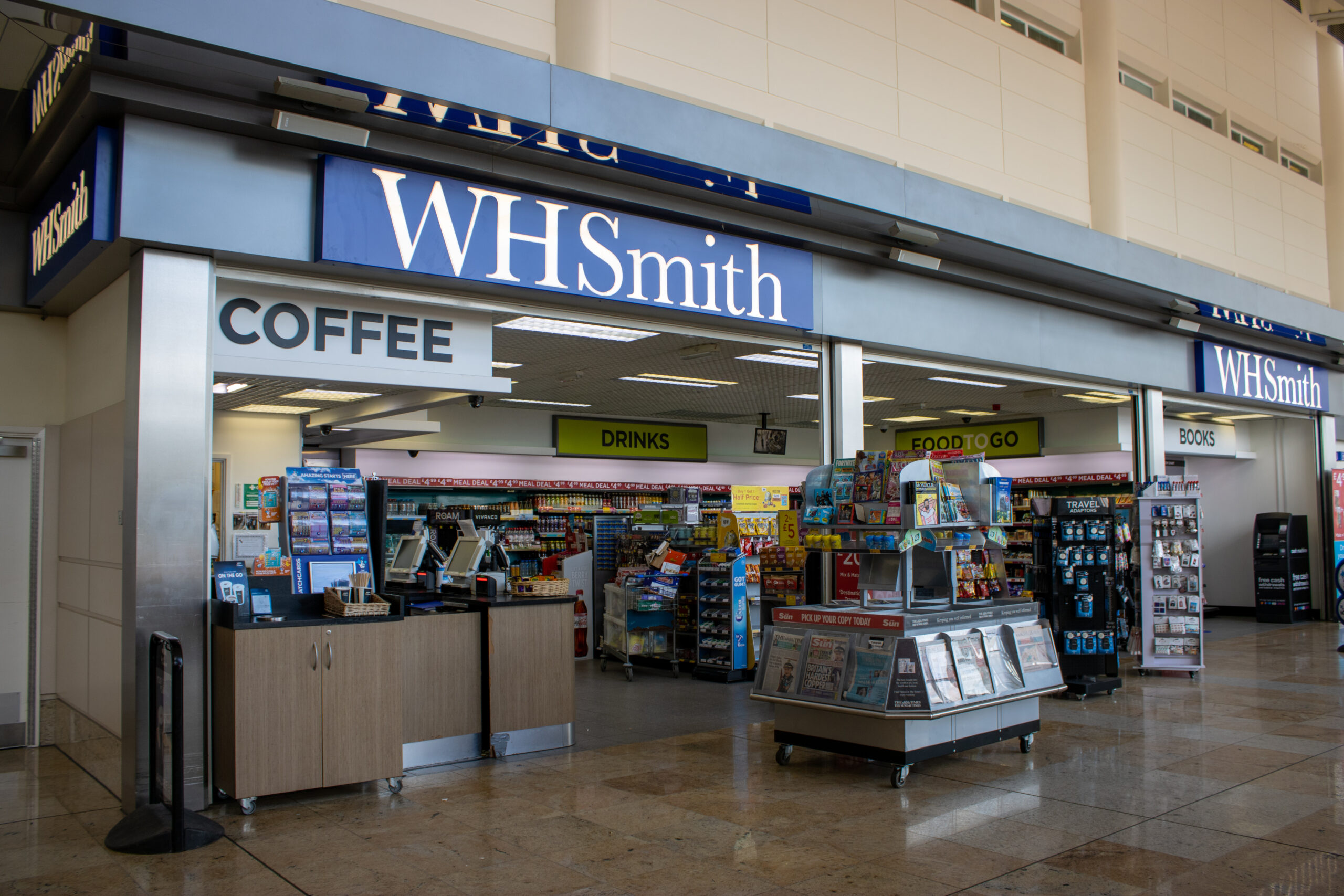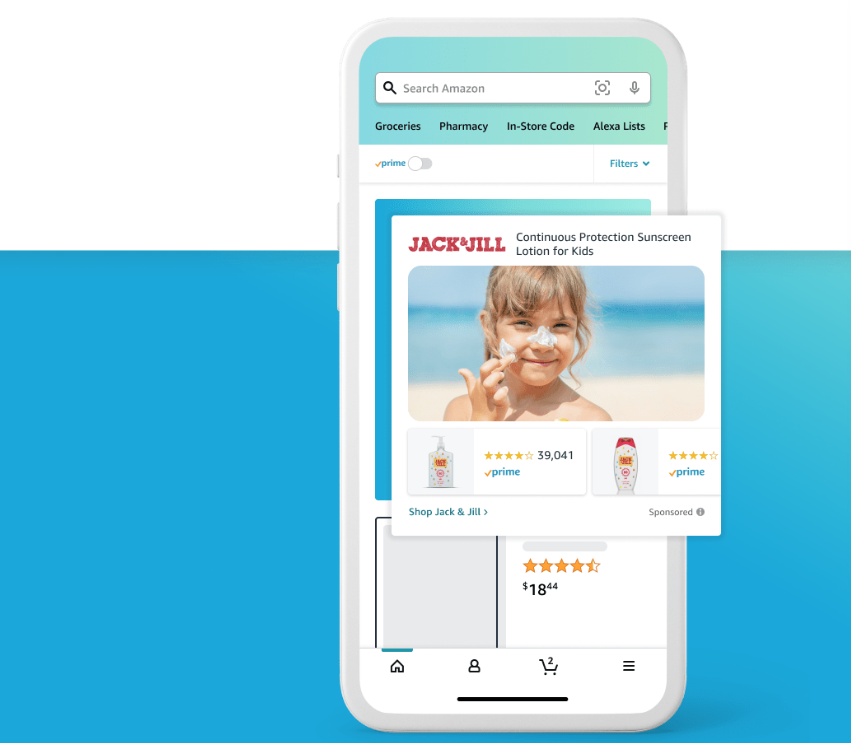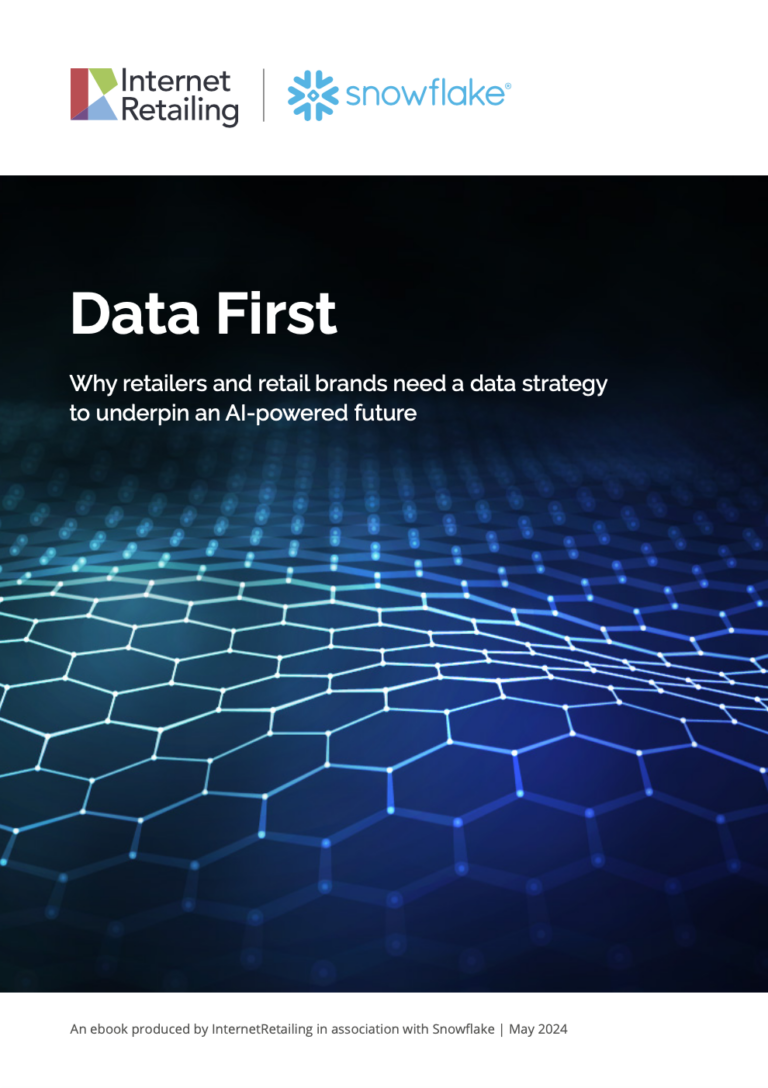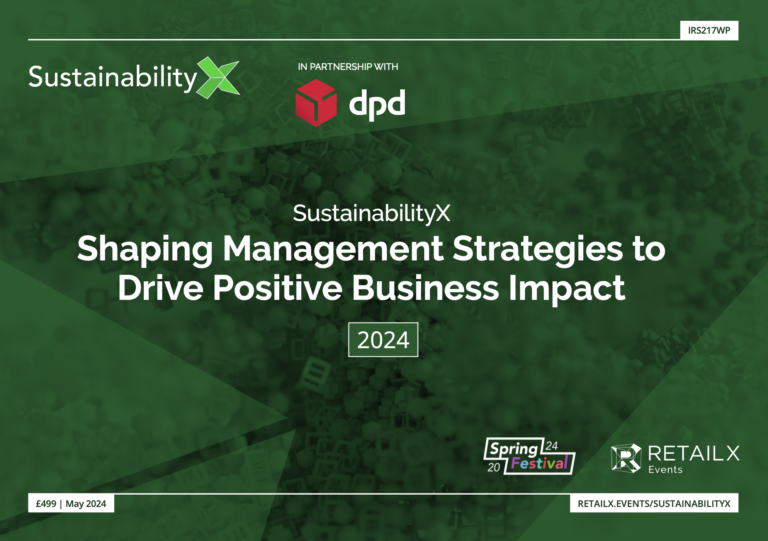Ahead of this year’s InternetRetailing Expo (IRX 2016), we’re previewing of event highlights and interviewing speakers. Today we talk to Adam Warburton, head of mobile at Travelex, on using mobile in the connected store.
InternetRetailing: At IRX 2016, you’re speaking in the connected store conference on using mobile in-store. In your experience, what’s the single biggest challenge in bringing together the online and offline?
Adam Warburton, head of mobile at Travelex: This is a two-faceted challenge – and the first facet is organisational. Within an organisation online and offline are traditionally two separate teams, in two separate offices with two different sets of goals. The whole structure of the organisation is not set up to optimise an omnichannel experience.
Joining the dots between where online can benefit offline, and offline can benefit online can be really difficult because there are silos and deep divisions within the organisation – and having spoken to people across various different industries and other organisations, this is fairly typical. Now we’re beginning to see a change in the way organisations are structured. At Travelex, in September, we brought together our digital and offline product and marketing teams into a single function to address this type of challenge.
The second part of the challenge is to join the dots up for the customer. Despite the fact there are well-toiled lines between online and offline, the customer sees them as the same thing. Rather than seeing Travelex online and Travelex offline, to them, it’s just Travelex.
There’s nothing worse than going to a large supermarket and you see a digital screen that’s just been plonked in somewhere. It’s disjointed because it’s not integrated at all. Customers have to see the benefits of integrated experiences. Plasma screens in stores with inspirational marketing messages are digital POS that don’t actually combine offline and online experiences at all.
IR: And what’s the biggest benefit?
AW: I think the benefits are clear when you can do it right and encourage online shoppers to go into your stores or vice versa. I’ve seen from experience, at Walmart, Asda and Travelex, that those customers that shop with you across multiple channels are actually your most loyal and engaged customers – with the lowest acquisition costs and the highest lifetime value. There are clear commercial benefits as well as customer experience benefits. If you can nail those experiences and make them feel singular that’s the benefit.
IR: Give us a prediction for the way that the use of mobile will evolve in-store in future?
AW: When you look at the tech that’s available it’s both easy and hard to imagine the possibilities. It’s easy because there’s so much tech, and it’s hard to see how all that tech will come together. We’re increasingly seeing mobile as the glue – the mobile phone is the thing that you shop with while you’re online, and it’s the thing that you take into the store with you. It’s the device that can bridge those two experiences. It’s the omnipresent device – it’s with you on the toilet, when you go to work, in the car, it’s with you everywhere. If there’s ever a device that can bring online and the stores into one, it’s going to be mobile.
We’ve seen some advancements in tech around in-store location, and being completely honest I’m yet to see the benefits of a retailer adopting that technology that has holistically benefited the customer. I think the challenge we have at the moment with mobile is that everyone sees the solutions but they don’t know what the customer problem is.
iBeacons and in-store location are an example. Everyone’s talking about the future of beacons, about knowing where customers are in the store, and how we can deliver marketing messages through them. But I’m yet to hear a customer say, I have a real problem that I don’t get marketing messages delivered to me whilst I’m in the aisle. It’s not a customer problem, but a business problem.
We really need to wait and see how businesses begin to understand what the customer issues are around shopping in store and then adapt the solutions to fit into that. I do think location in-store will be big, but perhaps not as big as it’s being played out to be at the moment. I think the way mobile can get involved in the store is to bring online experience into the store in the customer’s pocket. It’s about making online and offline feel like they’re one and the same. Mobile will help us to do that.
IR: Finally, aside from your own presentation, what are you most looking forward to at IRX 2016?
AW: The Digital Store Showcase. We were talking a moment ago about how there’s lots of tech but I’m yet to see the customer problem. The digital store showcase has all of the tech, so what I’m excited about seeing is has someone understood the customer problem and built tech to meet that, or is it tech that’s ready to be adopted? There’s two different types: underlying tech that’s ready for someone to take and is malleable, to be moulded to retailers’ own experience, or there’s tech that’s ready to go to meet the customer problem. I’m most excited about wandering around the digital store and seeing what’s going on there.
Adam Warburton is speaking in the Connected Store of the Future conference on April 27 2016 at IRX 2016, at Birmingham’s NEC. Adam’s presentation, Mobile first for the competitive edge, is at 2.45pm. Find out more about his presentation here, and more about IRX 2016 here. Register to visit the show for free here.









